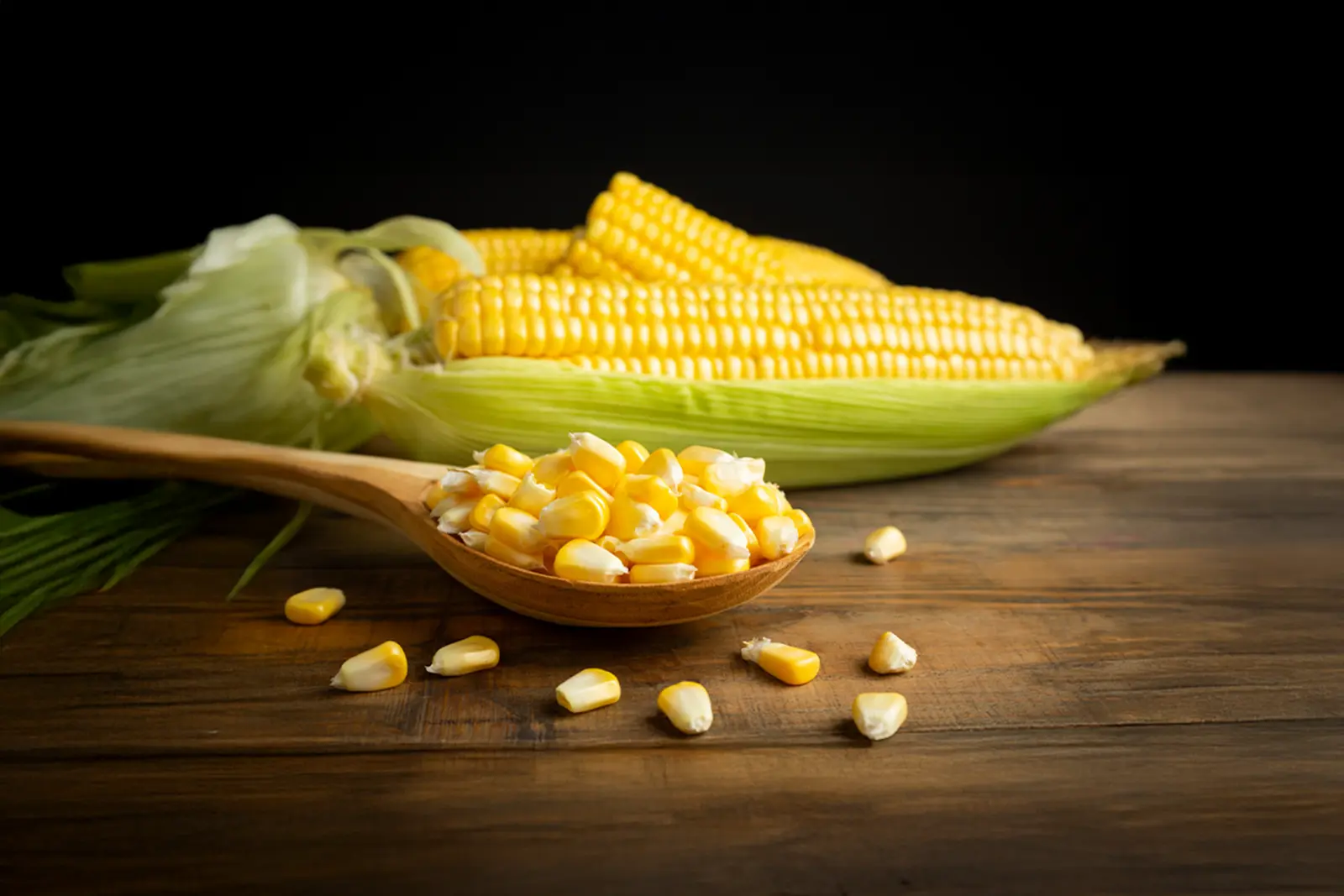The solution
Cropin implemented its solutions in a similar challenge with a client. For maize crop value chain optimization, Cropin deployed its solution SmartRisk and enabled the client to remotely monitor the maize crop farms over various districts of Karnataka, India. Village level acreage identification for maize allowed the company to identify the villages to concentrate for internal sales and inventory management along with deciding on marketing strategy for the upcoming seasons enabling better management of delinquencies. The manual intervention in crop yield estimation was replaced with data-driven decision making by SmartRisk and this made a significant impact in the productivity levels.
To learn more on the plethora of opportunities in sustainable maize crop production and understanding its value chain deeply, get in touch with our expert solution provider today!








